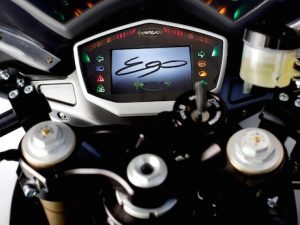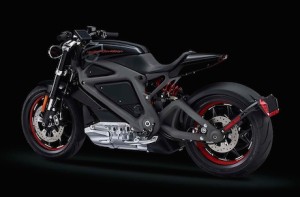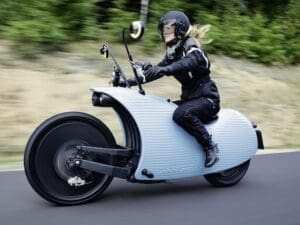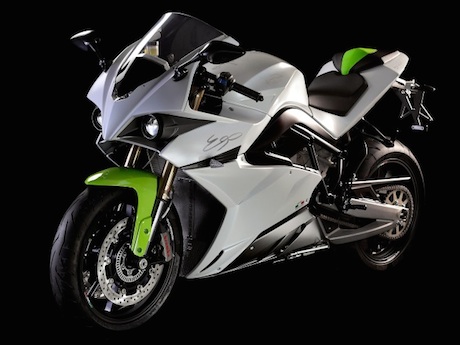This is the year of the electric motorcycle with more and more players in the field and even mainstream manufacturers joining. It is not longer a case of “if” with electric motorcycles but “when”.

Will bike manufacturers go down this path, too? No reason why not. The US Department of Defense is considering all types of fuel for its stealth motorcycles and Bultaco returned from the dead this year with plans for an electric bike, plus a future where they consider all power options including hydrogen.
The big problem with electric-powered vehicles is storing the power in batteries to get enough range. Hybrid vehicles get around this by also having a second petrol engine to generate electricity. But that just means the vehicle no longer has zero exhaust emissions.

Hydrogen fuel cells could be the next generation of electric vehicles by generating their own electricity from a hydrogen-fuelled motor whose only emissions are water vapour.
The big problem with fuel cells is the availability of hydrogen and the infrastructure to supply hydrogen, although some fuel stations in Europe and the US now have hydrogen pumps.
Hydrogen fuel cells may still be a long way off for motorcycles, but electric motorcycles are here and now and growing at a rapid rate, especially this year. While most of the pioneers have been electric and computer companies and start-up operations, the mainstream players are know entering the field with Harley unveiling its LiveWire concept, Yamaha about to begin producing two electric bikes and BMW offering its C-evolution scooter.

So far this year at least eight manufacturers around the world have revealed new electric motorcycles, including the US Department of Defense. Most have featured on these pages including the Johammer J1, Lightning, Empulse R, Lito Sora, Voxan Wattman, Zero, Saietta R and now an updated Energica Ego.
The 2015 Ego costs between $US25,000 and $28,000 depending on battery. It has 100kW of power, 195Nm of torque, a potential 200km range and a top speed of 240km/h.
Electric vehicles are no longer just funny looking commuters, although the Johammer J1 is simply ridiculous. Some, such as the Ego, are simply stunning.
And since batteries and electric motors can be just about any shape, they should be able to make any type of bike, although I am yet to see an electric cruiser. I don’t imagine there will be any rush to make one, either, as cruiser riders are probably the most traditional and will be the last to convert from petrol to sparks. Even Harley’s offering is a superbike style rather than a cruiser.
Are you looking forward to an electric future?


